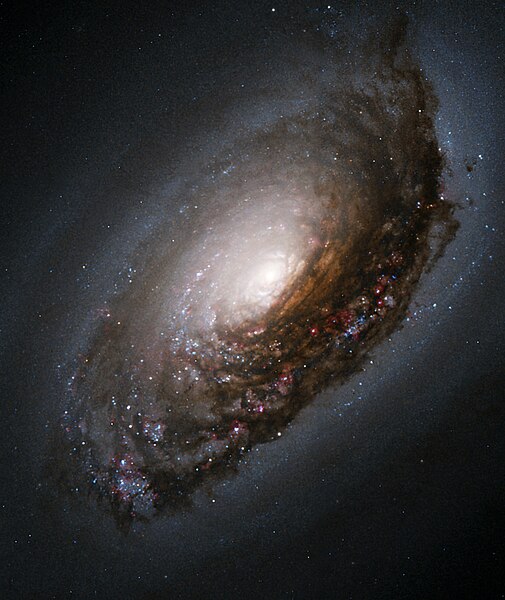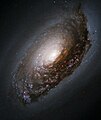Datoteka:Blackeyegalaxy.jpg
Izvor: Hrvatska internetska enciklopedija

Veličina ovog prikaza: 505 × 600 piksela. Ostale razlučivosti: 202 × 240 piksela | 404 × 480 piksela | 897 × 1.065 piksela.
Vidi sliku u punoj veličini ((897 × 1.065 piksela, veličina datoteke: 774 KB, <a href="/wiki/MIME" title="MIME">MIME</a> tip: image/jpeg))
Povijest datoteke
Kliknite na datum/vrijeme kako biste vidjeli datoteku kakva je tada bila.
| Datum/Vrijeme | Minijatura | Dimenzije | Suradnik | Komentar | |
|---|---|---|---|---|---|
| sadašnja | 09:46, 2. lipnja 2005. |  | 897 × 1.065 (774 KB) | CWitte | This image of M64 was taken with Hubble's Wide Field Planetary Camera 2 (WFPC2). The color image is a composite prepared by the Hubble Heritage Team from pictures taken through four different color filters. These filters isolate blue and near-infrared lig |
Poveznice
Na ovu sliku vode poveznice sa sljedećih stranica: